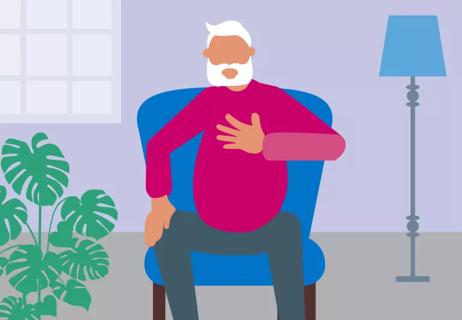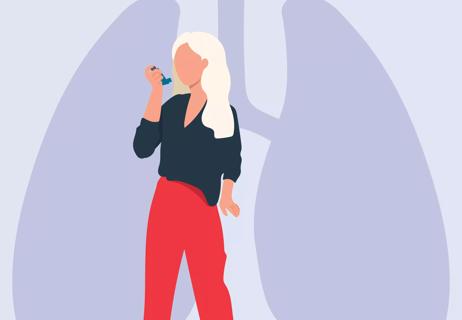Respiratory syncytial virus spreads easily through respiratory droplets spewed out by those who are infected

Respiratory syncytial virus (RSV) spreads extremely easily. Want proof? Just ask any of the 64 million people around the world who are expected to come down with the illness at some point this year.
Advertisement
Cleveland Clinic is a non-profit academic medical center. Advertising on our site helps support our mission. We do not endorse non-Cleveland Clinic products or services. Policy
This highly contagious respiratory virus continually sweeps across the globe in an annual cycle. RSV typically visits countries in the southern hemisphere early in the year before shifting to the north in later months.
To explain how RSV consistently infects so many people, we turn to infectious disease specialist Ryan Miller, DO, and pediatrician Kristin Barrett, MD.
Several factors contribute to how RSV jumps from person to person millions of times over during its season of sickness. Let’s break it down.
For starters, RSV is most commonly spread via respiratory droplets, says Dr. Miller. So, when an infected person coughs or sneezes, they launch the virus into the air — and those droplets can travel up to six feet away.
If you’re in that spew zone, you may breathe in those RSV-tainted droplets. (Ick, right?) Next thing you know, you’re infected.
You can also “catch” RSV through direct contact with someone with the virus even if they’re not showing symptoms. (More on that in a moment.) The illness can be passed along via a kiss, hug or even a handshake.
Another factor? RSV can survive for several hours on hard surfaces, notes Dr. Barrett. So, when those coughed-out droplets land on a counter or someone with RSV opens a door, the virus ends up lying in wait for the next person to come along.
Advertisement
“You can get RSV from someone without ever being near them,” says Dr. Barrett.
On average, every RSV infection spreads to three other individuals. The virus tends to move very quickly through group settings, such as daycare centers, schools or assisted living residences.
Another reason why RSV moves so quickly through the population is that people can start spreading the virus a day or two before they start experiencing symptoms and signs of sickness.
Overall, people with RSV are usually contagious anywhere from three to eight days, according to the U.S. Centers for Disease Control and Prevention (CDC). But some may spread the virus for up to four weeks.
“Viral illnesses can be very tricky,” notes Dr. Barrett. “You can shed the virus before you feel sick and after you start to feel better.”
So, what can you do to try to avoid RSV and keep it from spreading quite so fast? A few things, say Dr. Miller and Dr. Barrett.
RSV immunizations and vaccinations can offer a safeguard for groups of people more vulnerable to the virus and prone to serious complications. The CDC recommends protective medications for:
Other steps you can take include:
Most cases of RSV in healthy adults mimic the common cold. You may feel like crud for a bit, but you’ll bounce back once your immune system subdues the virus. “A lot of adults get over it pretty easily,” notes Dr. Miller.
But RSV also sends millions of people to the hospital every year, primarily young children and older adults. The virus can lead to lung issues, like bronchiolitis or pneumonia, and create other health complications.
Globally, RSV is typically linked to more than 100,000 deaths a year.
“RSV can be a serious illness,” he stresses. “It’s important for all of us to do what we can to limit the spread and protect those that we love.”
Advertisement
Learn more about our editorial process.
Advertisement

RSV can lead your child to develop pneumonia and have trouble breathing

Getting extra rest, drinking fluids and taking over-the-counter medications can help your little one bounce back

The first year of the RSV immunization program brought promising results

It comes down to a wheeze, a fever and long-term effects

Adults 60 or older, pregnant women and babies may be eligible for protection against RSV

Taking extra precaution during RSV season can be lifesaving

Our most at-risk populations are still highly affected by RSV

People with certain pre-existing medical conditions have increased risk factors

Start having sex about 72 hours before ovulation, then at least every other day during your fertile window

Attachment theory suggests that your earliest relationships shape connections throughout your life

It isn’t a recognized mental health disorder, but research shows that problematic social media use can negatively affect your mental health, self-esteem and sleep